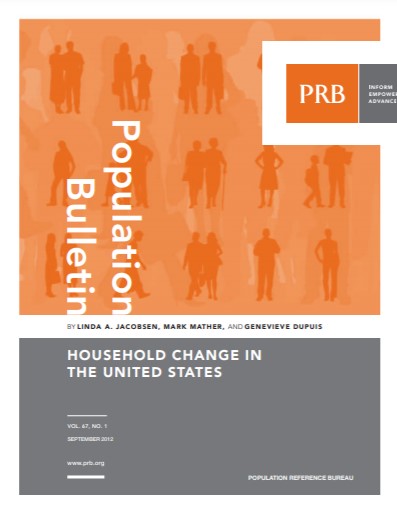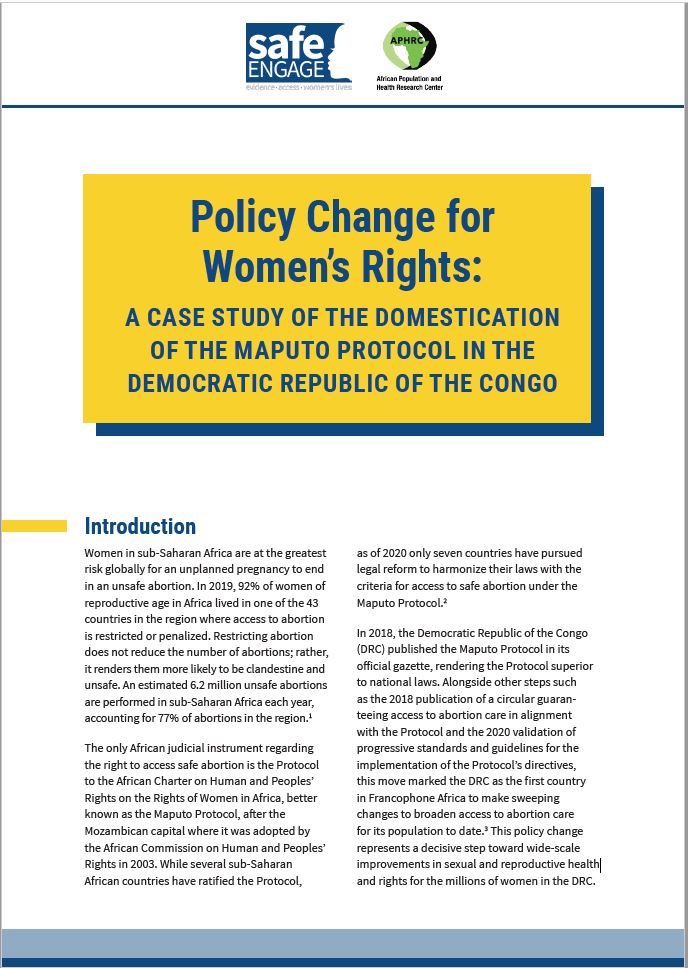534 Search Results Found For : "climate change"
Aging, Family Structure, and Health
(October 2009) Social and intimate connections change with age. These changes affect and are affected by health.
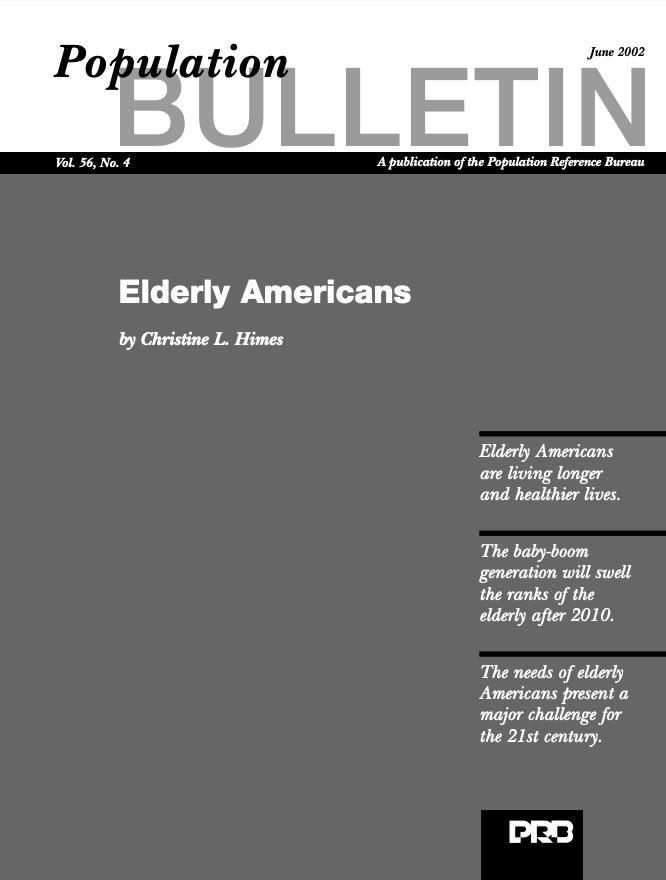
Elderly Americans
(2001) The United States is in the midst of a profound demographic change: the rapid aging of its population. The 2000 Census counted nearly 35 million people in the United States 65 years of age or older, about one of every eight Americans.
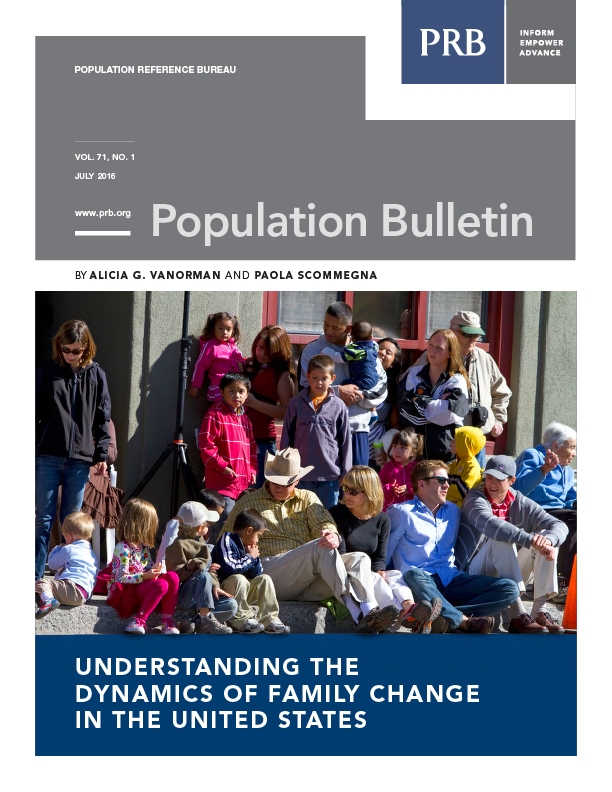
Population Bulletin, vol. 71, no. 1. Understanding the Dynamics of Family Change in the United States
(2016) Beginning in the 1960s—and accelerating over the last two decades—changes in marriage, divorce, cohabitation, and nonmarital childbearing have transformed family life in the United States.

Population Bulletin, vol. 56, no. 4. Elderly Americans
(2001) The United States is in the midst of a profound demographic change: the rapid aging of its population. The 2000 Census counted nearly 35 million people in the United States 65 years of age or older, about one of every eight Americans.
Family, Friends Help Shape Childbearing Choices
(2014) Worldwide, childbearing decisions may be more of a group effort than we realized.
PRB Discuss Online: The Middle East Youth Bulge, Causes and Consequences
(2008) Recent demographic trends have created a youth bulge in the Middle East and North Africa, with nearly one in every five people age 15 to 24. Despite its oil wealth and improved health and education systems, the region's political, social, and economic systems still do not meet the needs of this rapidly growing young population.
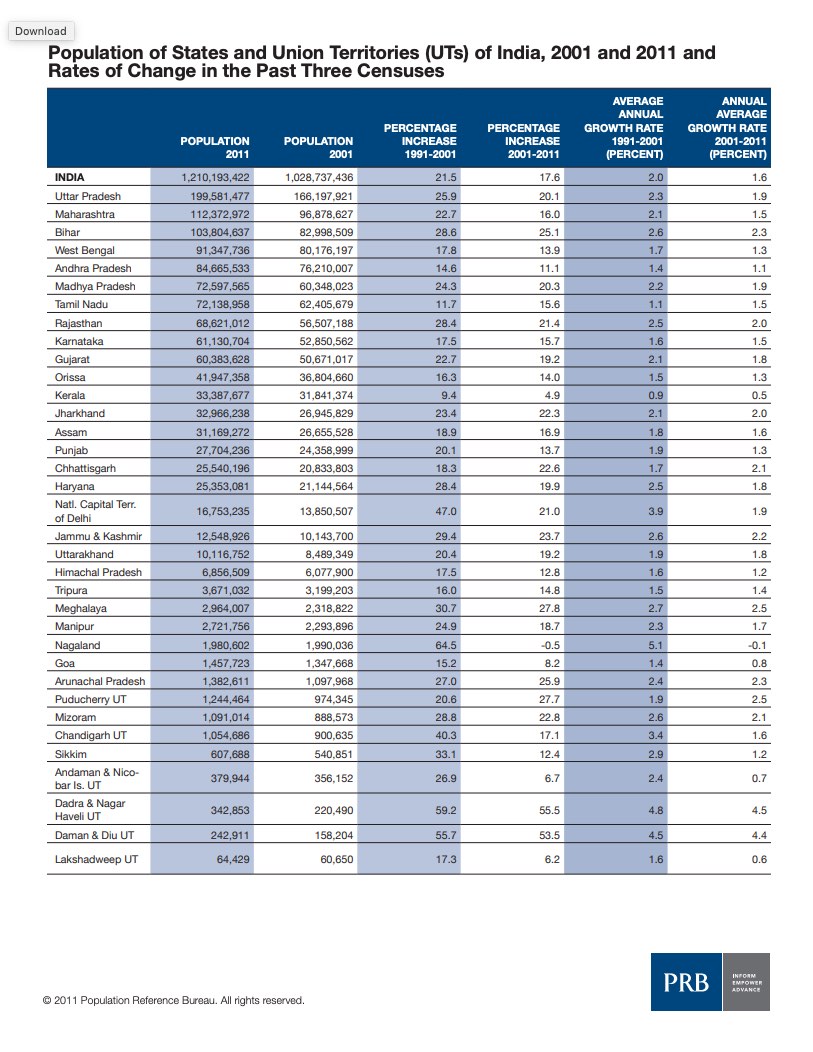
India Releases Latest Census Results, Showing Population Catching Up to China
(2011) Together, China and India account for 37 percent of the world’s population. Both countries have conducted censuses over the past year, and when they report their census results, figures such as the widely accepted world population total are at risk of changing.
Investing in Women and Girls for a Gender Dividend
(2016) As countries around the world embark on a drive to achieve the sustainable development goals (SDGs) by 2030, the concept of a demographic dividend is attracting increased attention among policymakers seeking more sustainable economies.
